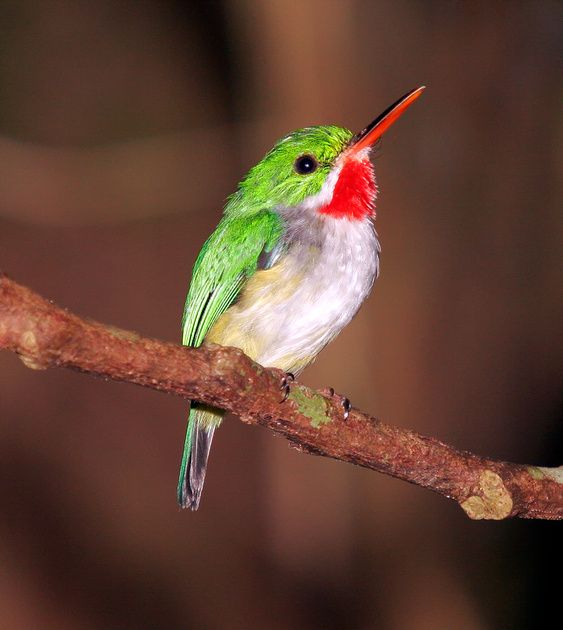- cross-posted to:
- earth@hexbear.net
- cross-posted to:
- earth@hexbear.net
The red-crowned crane (Grus japonensis), also called the Manchurian crane or Japanese crane (simplified Chinese: 丹顶鹤; pinyin: dāndǐng hè , the Chinese character ‘丹’ means ‘red’, 顶 means ‘crown’ and 鹤 means ‘crane’), is a large East Asian crane among the rarest cranes in the world. In some parts of its range, it is known as a symbol of luck, longevity, and fidelity.
Adult red-crowned cranes are named for a patch of red bare skin on the crown, which becomes brighter during the mating season. Overall, they are snow white in color with black on the wing secondaries, which can appear almost like a black tail when the birds are standing, but the real tail feathers are actually white. Males are black on the cheeks, throat, and neck, while females are pearly gray in these spots. The bill is olive green to a greenish horn, the legs are slate to grayish black, and the iris is dark brown.
Juveniles are a combination of white, partly tawny, cinnamon brown, and rusty or grayish. The neck collar is grayish to coffee brown, the secondaries are dull black and brown, and the crown and forehead are covered with gray and tawny feathers. The primaries are white, tipped with black, as are the upper primary coverts. The legs and bill are similar to those of adults but lighter in color. This species is among the largest and heaviest cranes, typically measuring about 150 to 158 cm (4 ft 11 in to 5 ft 2 in) tall and 101.2–150 cm (3 ft 4 in – 4 ft 11 in) in length (from bill to tail tip). Across the large wingspan, the red-crowned crane measures 220–250 cm (7 ft 3 in – 8 ft 2 in).Typical body weight can range from 4.8 to 10.5 kg (11 to 23 lb), with males being slightly larger and heavier than females and weight ranging higher just prior to migration. On average, it is the heaviest crane species, although both the sarus and wattled crane can grow taller and exceed this species in linear measurements.
On average, adult males from Hokkaidō weighed around 8.2 kg (18 lb) and adult females there averaged around 7.3 kg (16 lb), while a Russian study found males averaged 10 kg (22 lb) and females averaged 8.6 kg (19 lb); in some cases, females could outweigh their mates despite the males’ slightly larger average body weight. Another study found the average weight of the species to be 8.9 kg (20 lb). The maximum known weight of the red-crowned crane is 15 kg (33 lb). Among standard measurements, the wing chord measures 50.2–74 cm (19.8–29.1 in), the exposed culmen measures 13.5–17.7 cm (5.3–7.0 in), tail length is 21.5–30 cm (8.5–11.8 in), and the tarsus measures 23.7–31.9 cm (9.3–12.6 in).
In the spring and summer, the migratory populations of the red-crowned crane breed in Siberia (far eastern Russia), Northeast China and occasionally in north-eastern Mongolia (i.e., Mongol Daguur Strictly Protected Area). The breeding range centers in Lake Khanka, on the border of China and Russia. Later, in the fall, they migrate in flocks to the Korean Peninsula and east-central China to spend the winter. Vagrants have also been recorded in Taiwan Province. In addition to the migratory populations, a resident population is found in eastern Hokkaidō, Japan. This species nests in wetlands, marshes and rivers. In the wintering range, their habitat consists mainly of paddy fields, grassy tidal flats, and mudflats. In the flats, the birds feed on aquatic invertebrates, and, in cold, snowy conditions, the birds switch to mainly living on rice gleanings from the paddy fields.
Here is a link so you can listen to this bird too.


Indeed 😊
You should cross post it to the earth comm on hexbear
Done 🫡
🫡🫡🫡